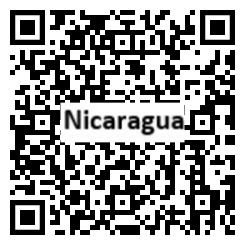Country Summary
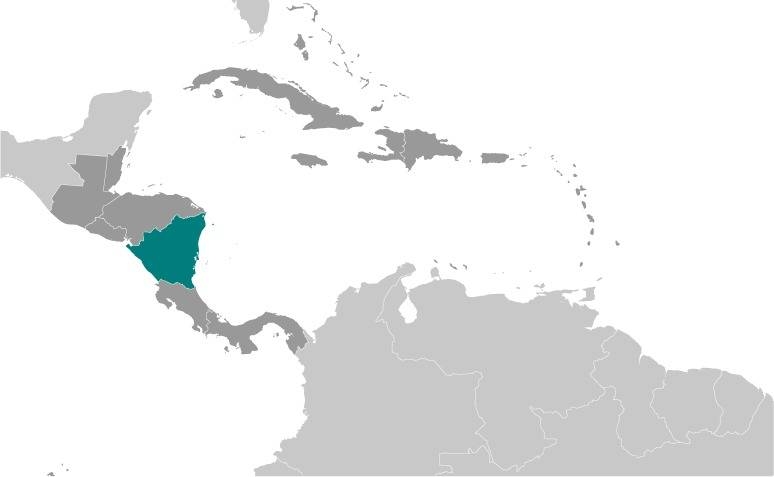
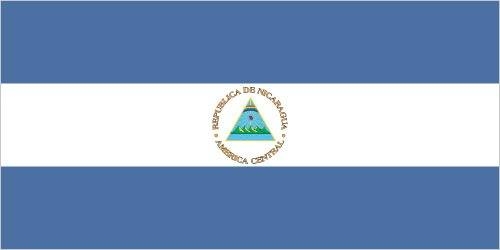
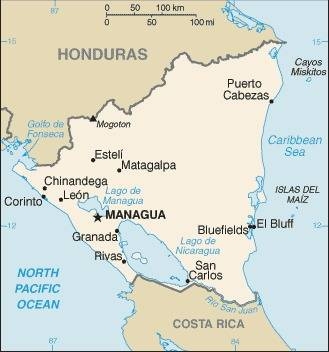
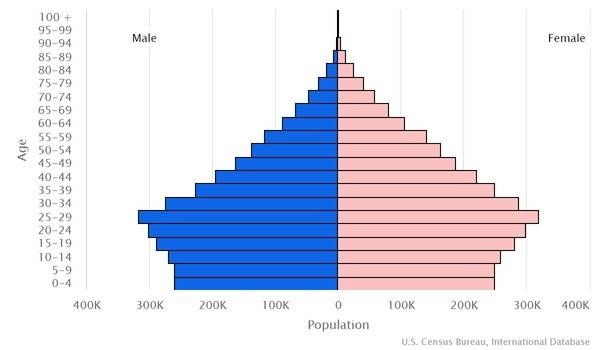
Introduction
Background
The Pacific coast of Nicaragua was settled as a Spanish colony from Panama in the early 16th century. Independence from Spain was declared in 1821 and the country became an independent republic in 1838. Democratic institutions have weakened as the president has garnered full control over all branches of government.
Geography
Area
total: 130,370 sq km
land: 119,990 sq km
water: 10,380 sq km
Climate
tropical in lowlands, cooler in highlands
Natural resources
gold, silver, copper, tungsten, lead, zinc, timber, fish
People and Society
Population
6,301,880 (2022 est.)
Ethnic groups
Mestizo (mixed Amerindian and White) 69%, White 17%, Black 9%, Amerindian 5%
Languages
Spanish (official) 95.3%, Miskito 2.2%, Mestizo of the Caribbean coast 2%, other 0.5%; note - English and indigenous languages found on the Caribbean coast (2005 est.)
Religions
Roman Catholic 50%, Evangelical 33.2%, other 2.9%, none 0.7%, unspecified 13.2% (2017 est.)
Population growth rate
0.92% (2022 est.)
Government
Government type
presidential republic
Capital
name: Managua
Executive branch
chief of state: President Jose Daniel ORTEGA Saavedra (since 10 January 2007); Vice President Rosario MURILLO Zambrana (since 10 January 2017); note - the president is both chief of state and head of government
head of government: President Jose Daniel ORTEGA Saavedra (since 10 January 2007); Vice President Rosario MURILLO Zambrana (since 10 January 2017)
Legislative branch
description: unicameral National Assembly or Asamblea Nacional (92 statutory seats, current 91; 70 members in multi-seat constituencies, representing the country's 15 departments and 2 autonomous regions, and 20 members in a single nationwide constituency directly elected by party-list proportional representation vote; up to 2 seats reserved for the previous president and the runner-up candidate in the previous presidential election; members serve 5-year terms)
Economy
Economic overview
low-income Central American economy; until 2018, nearly 20 years of sustained GDP growth; recent struggles due to COVID-19, political instability, and hurricanes; significant remittances; increasing poverty and food scarcity since 2005; sanctions limit investment
Real GDP (purchasing power parity)
$34.98 billion (2020 est.)
Real GDP per capita
$5,300 (2020 est.)
Agricultural products
sugar cane, milk, rice, maize, plantains, groundnuts, cassava, beans, coffee, poultry
Industries
food processing, chemicals, machinery and metal products, knit and woven apparel, petroleum refining and distribution, beverages, footwear, wood, electric wire harness manufacturing, mining
Exports
$5.34 billion (2020 est.)
Exports - partners
United States 60%, El Salvador 5%, Mexico 5% (2019)
Exports - commodities
clothing and apparel, gold, insulated wiring, coffee, beef (2019)
Imports
$5.94 billion (2020 est.)
Imports - partners
United States 27%, Mexico 12%, China 11%, Guatemala 9%, Costa Rica 7%, El Salvador 6%, Honduras 6% (2019)
Imports - commodities
refined petroleum, clothing and apparel, crude petroleum, packaged medicines, insulated wiring (2019)
Exchange rates
cordobas (NIO) per US dollar -
Page last updated: Thursday, June 02, 2022
